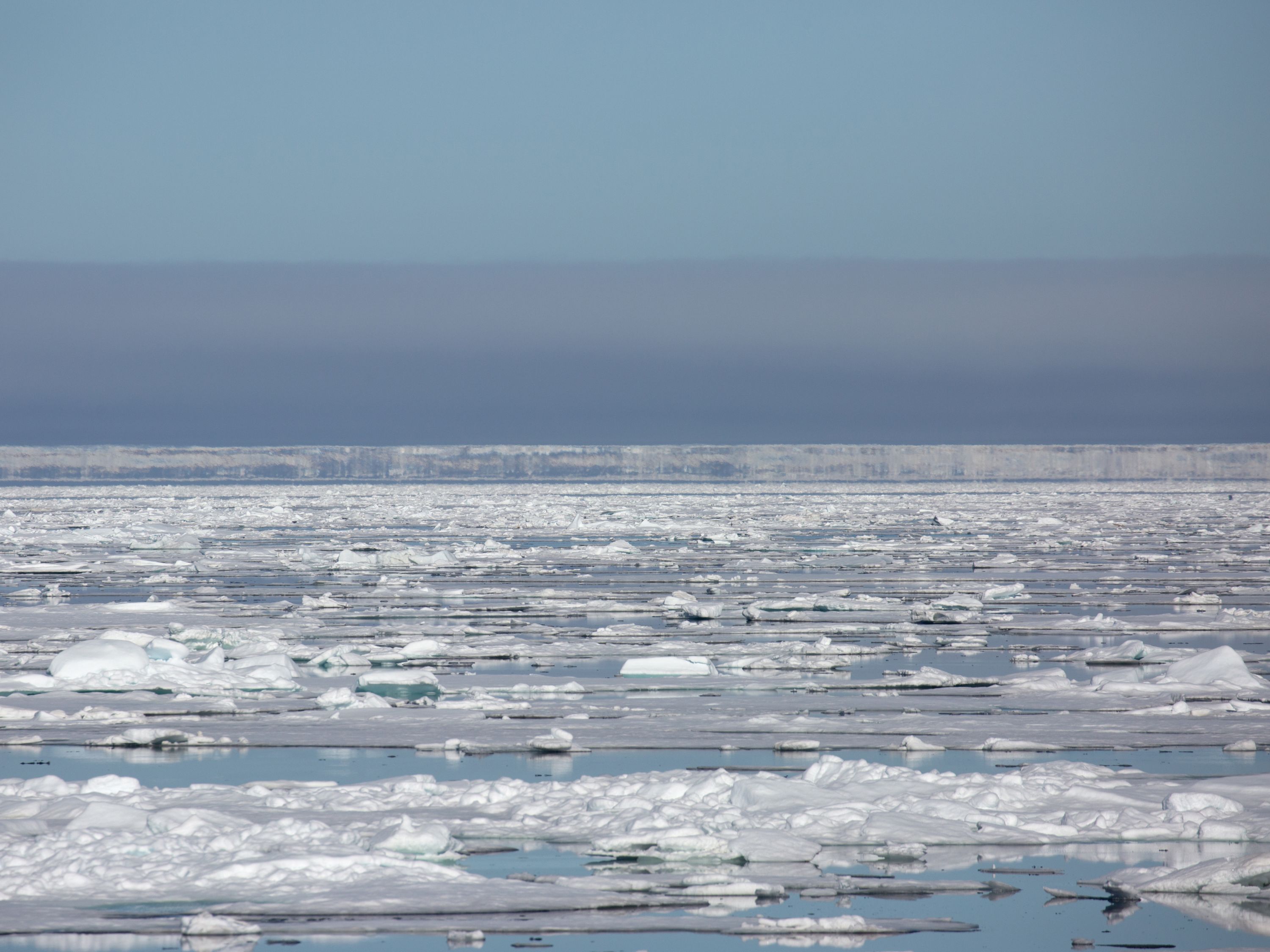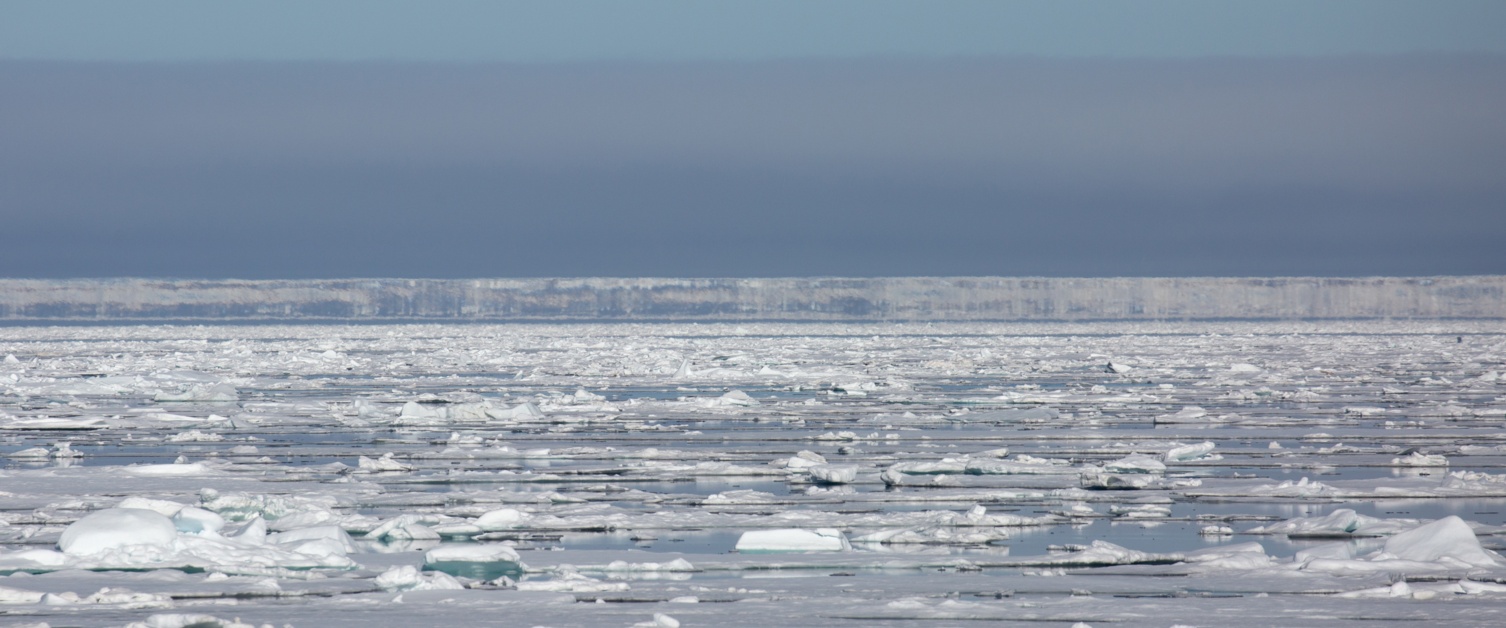Fata Morgana in the Arctic
- By Ellie Van Os
- Mar 19, 2024
Fata Morgana – North Hinlopen6C7A5358

Fata Morgana is a pretty simple physics principle. When there is a large difference in temperature between a surface and the air immediately above it, this causes a thermal inversion due to the difference in density that bends the light making objects on the horizon appear lengthened or raised up. This can happen with cold air over hot sand as in the desert mirage or as in this photo that was taken north of the Norwegian archipelago of Svalbard in late June of 2023, warm air over cold ice. Although the ice on the horizon appears to be the height of a substantial ice cap, in reality it is it is no thicker than the first year pack ice in the foreground.
Fata Morgana is the Italian name for Morgan le Fay. When the phenomenon was observed in the Strait of Messina Italy between the mainland and Sicily, the mirages were believed to be fairy castles or tricks to lure sailors to their death, so they named it after Morgan le Fay, the fairy half-sister of King Arthur.
Having seen this phenomenon before, I was particularly intrigued on this trip as I was reading a book about early Arctic explorers. Apparently the Fata Morgana was enough to mislead mariners into believing that there was land beyond what they were able to reach, mostly blocked by pack ice. The observations that they made from the ship were enough to justify the need for future expeditions.
.jpg)
So Nordaustlandet - Austfonna
With this article I am submitting a picture of Austfonna, the ice cap on Nordaustlandet, in northeastern Svalbard, taken on the same trip as the submitted photo of Fata Morgana. It is the third-largest glacier in Europe and by comparing the photos it might be easier to understand how early explorers could be fooled.
